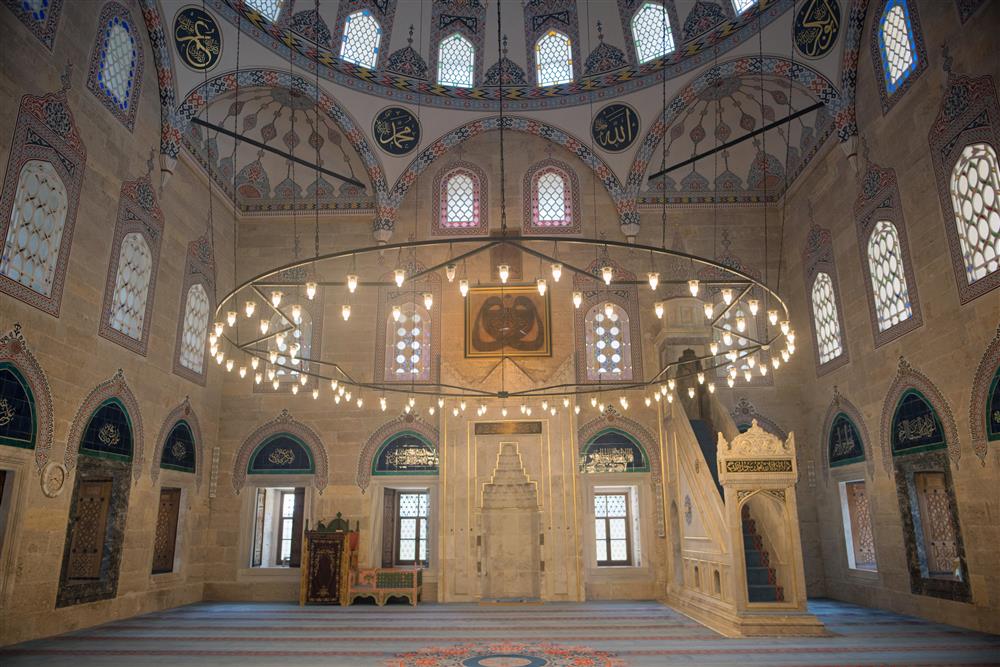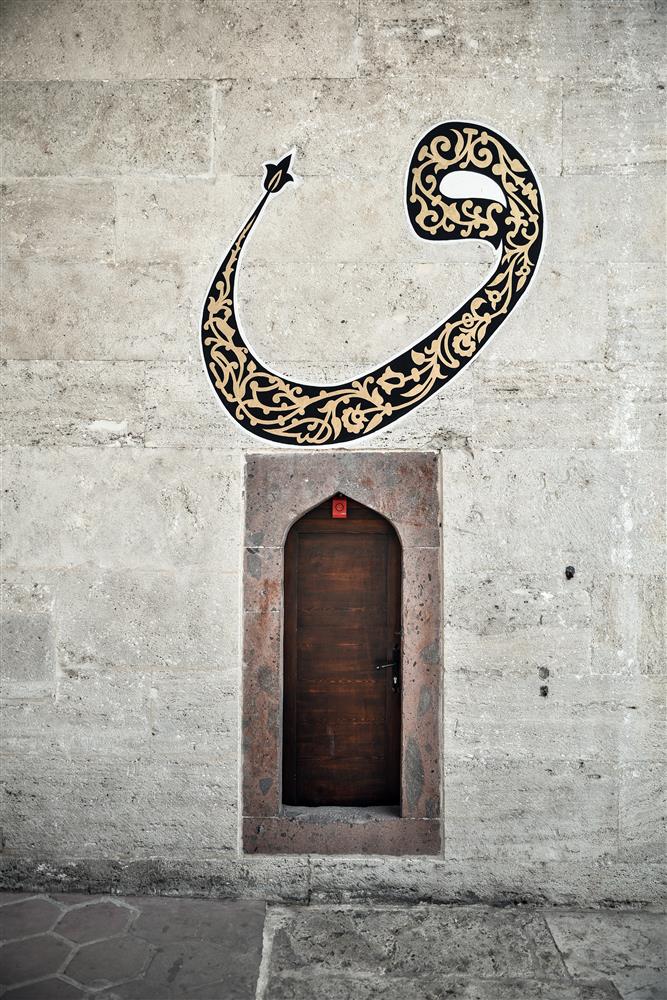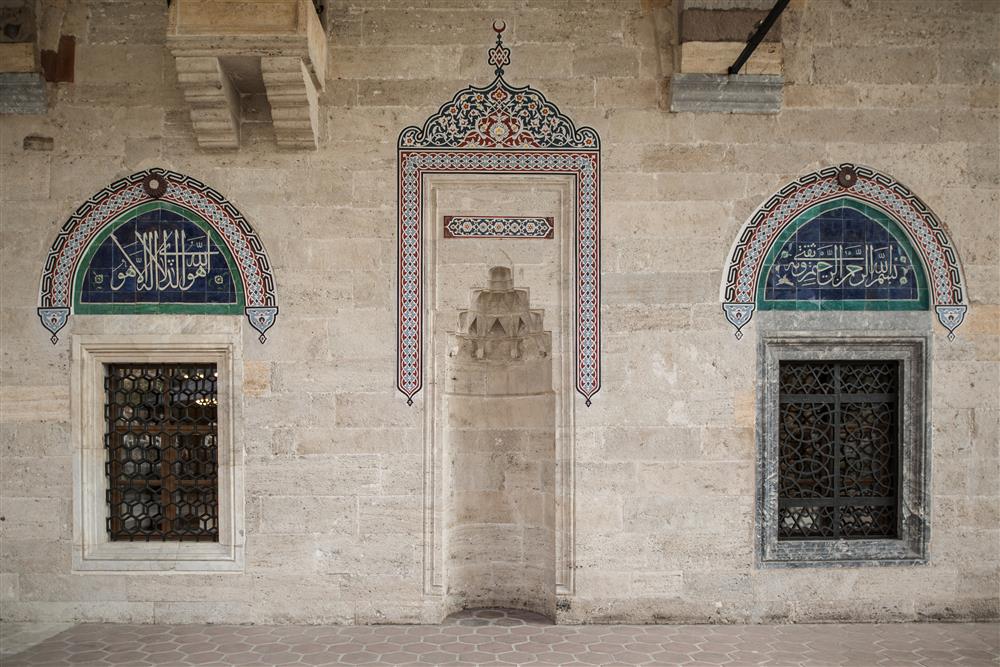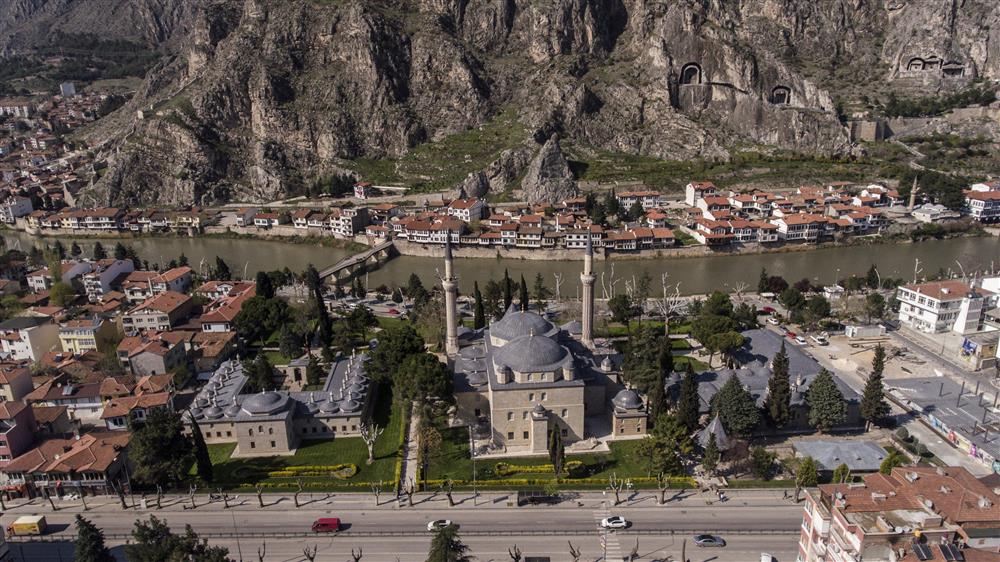Sultan Bayezid II Kulliyyah
Sultan Bayezid II Kulliyyah
Beyazid II Kulliyyah was commissioned by Shahzadah Ahmet, Governor of Amasya in the name of his father Sultan Beyazid II. The architect of the kulliyyah, consisting of a mosque, a medresseh, a mission and a fountain, was Şemseddin Ahmet. The tomb, annexed to the building later on, belongs to Shahzadah Osman, Shahzadah Ahmet’s son who had died prematurely.
One of the most beautiful samples of side-spaced or angular types, the mosque consists of two square rooms divided by a large arch and two additional spaces on both sides roofed with three domes each. The middle section is roofed with two domes, each of which has sixteen windows on their octagonal drums. There are rich handcarvings above the arches of the windows and the interior surfaces of the domes. The wooden shutters of the windows are perfect samples of the 15th century woodwork. The portico on the north is roofed with five domes supported by six circular columns adjoined by five lancet arches. The upper panes of the windows of the portico are ornamented by blue and white tiles. The minarets on both sides have one balcony each. The one on the left hand side of the portico is vertically striated whereas the one on the right is patterned in featherstitch style. The three lined marble epigraph above the magnificient main portal of the mosque, decorated with muqarnas patterns, was written by Hattat Şeyh Hamdullah. The dodecagonal fountain placed in the middle of the patio is covered by a dodecagonal pyramid supported by twelve pillars.
The U shaped medresseh is to the west of the mosque. The medresseh, built adjacent to the western wall of the patio, consists of a large inner garden, surrounded by domed porticos and the student cells beyond these porticoes. The domed square classroom, built above an octagonal drum is right across the portal to the north. Sultaniye Medresseh, referred to be the one in the best condition by Evliya Çelebi, has been used as the public library since 1922.
The L shaped mission is to the east of the mosque. The rectangular main spaces of the mission is vaulted. In front of these spaces, facing the mosque are the porticoes roofed with miniature domes. The rectangular
hall of the mission is in use as the Scaled Model of Amasya Museum.
The square planned, small building to the northwest of the mosque, nearby the medresseh, is the ‘muvakkithane’ which is used to determine the time of prayer according to the position of the sun. Both the interior and the ceiling of the muvakkithane, along with the upper panes of the windows are ornamented with handcarvings. Hacı Hüseyin Efenedi had the muvakkithane built in 1842.
The sycamores, shading the garden for over five hundred years, from both sides of the fountain were planted during the construction of the mosque.





